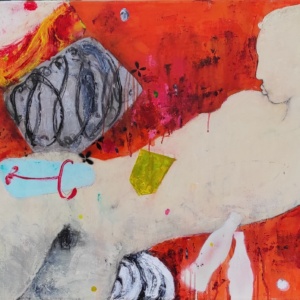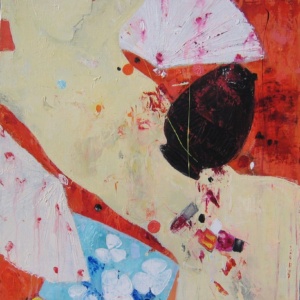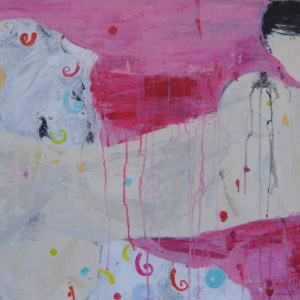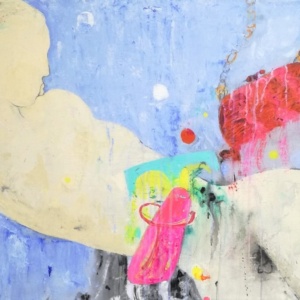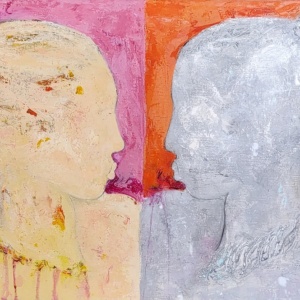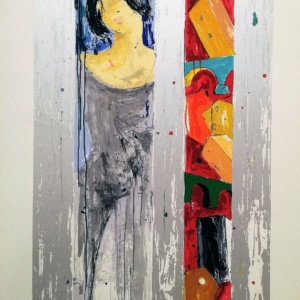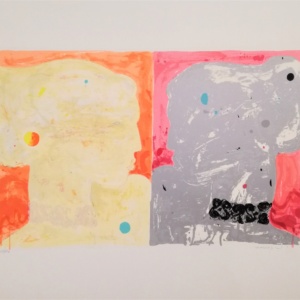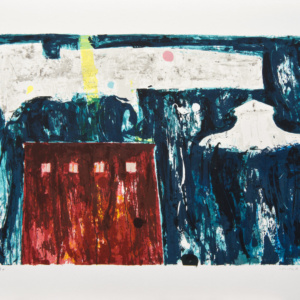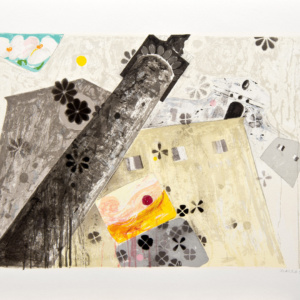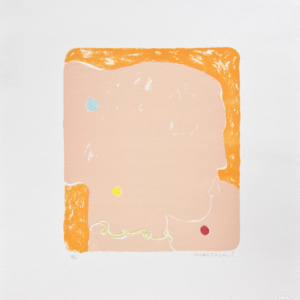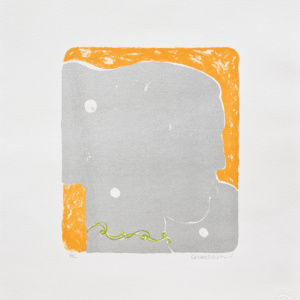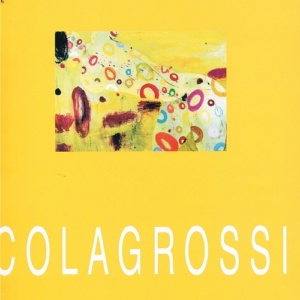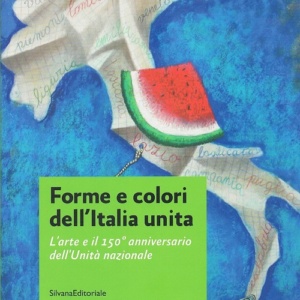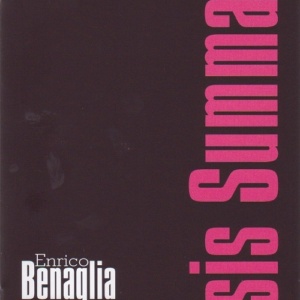Angelo Colagrossi
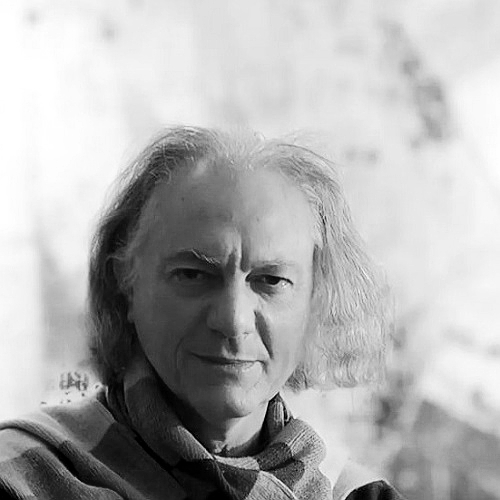
PAINTINGS
ART PRINTS
CATALOGUES
VIDEO
Angelo Colagrossi / Miaserigrafia | Come nasce una serigrafia
ARTISTS
Angelo Colagrossi was born in 1960 in Rome, where he still lives and works. At a very young age he devoted himself to drawing. He studied for a few years with Valente Assenza, a classically trained Sicilian painter, xylographer, and sculptor. Colagrossi then attended the Free School of the Nude at the Academy of Fine Arts in Rome, directed by Giulio Turcato, and subsequently enrolled at the Faculty of Letters and Philosophy at La Sapienza University in Rome, graduating in History and Art.
His first solo exhibition was held at Palazzo Valentini, in Rome, in 1986. Since then, his work has been exhibited in numerous galleries and public venues in Italy and abroad. Characteristic of his early work were large, evocatively lyrical, charcoal drawings of female bodies, executed with the sparing use of colour – essentially greys, blacks and some reds. In the late 1980s his family moved to Sanaʽa, Yemen. While there, Colagrossi became fascinated with Middle Eastern culture and, later on, Eastern culture. Influences of both of these cultures can be seen in his canvas and paper paintings, especially from the 2000s. In the early 1990s, desiring to move away from the city, he began to work in his country house in Todi, where he focused on new subject matter and created new pictorial cycles, among which are Silver Trees, Pcs, and Silhouettes. In this period, he held a solo exhibition at Palazzo Acito di Sasso Barisano, near Matera, and participated in the collective exhibition L’Arte a Roma (Art in Rome) at the former slaughterhouse complex in the Testaccio district, a venue of the Gallery of Modern and Contemporary Art of Rome. From the late 1990s his painting underwent a structural change. The decorative and ornamental elements that had characterized his earlier work gave way to synthetic forms and a simplified pictorial language.
In the 2000s, he started the cycle Molto moltissimo anzi troppo (Much, Very much, Too much Indeed), a series of large scale paintings in which excessive quantities of objects and goods symbolizing the consumer society fall through the air. These objects are depicted against flat, two-dimensional backgrounds. The flattening out of pictorial space, the loss of the third dimension is a metaphor for the loss of the dimension of time – especially past and future – whereby everything is reduced to the here and now. In those years, his work was exhibited at the Alitalia Freccia Alata Room at Milan Malpensa Airport, at the headquarters of KPMG in Berlin, at the Palazzina Azzurra of San Benedetto del Tronto, and at the Palace of the Captains in Ascoli Piceno. He was also invited to the Sulmona, Morlotti, Michetti, Ferrazzi and Campomarino Awards, and had his work shown in numerous collective exhibitions at venues, such as the Ministry of Foreign Affairs in Rome, the Gezira Art Center in Cairo, and the Creativity Art Center in Alexandria. Together with other Italian artists, in 2011 he was invited to Hangzhou as part of a cultural twinning between Italy and China, which resulted in two collective exhibitions, one at the Hen Lu Gallery in Hangzhou, and the other at the Bevilacqua La Masa Foundation in Venice. His trip to China rekindled his interest in ceramics, an interest he had previously developed in Sicily. This resulted in a cycle of enamelled terracotta Silhouettes. In 2014, he revived the same theme at MAAM – Museum of the Other and the Elsewhere in Rome, as part of a project curated by anthropologist Giorgio de Finis involving many Italian and foreign artists. On one of the two large walls of the museum, he painted mute female figures with Western, Eastern, and African profiles, which indicate his interest in difference, and in the many differences that have been so strongly undermined in the globalized society. In 2015, he was artist in residence in Ningbo, China, as part of the One Belt and One Road project, and he exhibited at the Ningbo City Exhibition and at the Jiangbei Art Culture Center. His works are held in important public and private collections.




